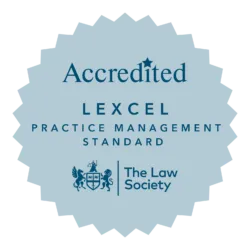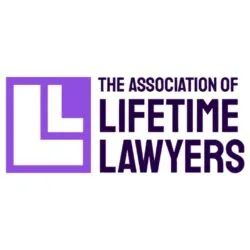
Common Terms heard in an Employment Tribunal
ACAS – Advisory Conciliation and Arbitration Service. Independent agency, helps to resolve disputes.
CMD – Case Management Discussion. ET Hearing in which dates are set for when stages of proceedings must be completed by e.g. disclosure of documents, exchange of witness statements.
Chronology – A list of key events in date order.
Claimant – The individual who brings ET proceedings.
Compensation – Financial award made to successful Claimant.
COT3 – The standard form on which an ACAS conciliation officer records a negotiated agreement.
Disclosure of documents – The formal process of parties revealing relevant documents to the other side (s).
EAT – Employment Appeal Tribunal. First level of appeal from an ET decision (followed by the Court of Appeal and the Supreme Court).
EC – Early Conciliation. Compulsory process before an ET Claim can be issued, in which parties can attempt to negotiate settlement.
EDT – Effective date of termination. Day an employment contract ended e.g. day employee was dismissed or resigned.
ET – Employment Tribunal.
ET1 Claim Form or ET1 – Prescribed form on which the Claimant’s tribunal claim is detailed.
ET3 Response or ET3 -Prescribed form on which the Respondent’s defence to the claimant’s ET1 is detailed.
Evidence – Available set of facts or information to support your version of events. Might be documentary, or from witnesses who can tell the ET what happened.
Judgment – An ET (or other appellate tribunal/court) decision on a claim/appeal.
Limitation period – The time period within which a claim/appeal must be brought.
Mitigation – Reasonable steps which should have been or were taken by a worker to find new employment to reduce their loss of earnings following dismissal.
Parties – Claimant and Respondent are collectively known as the parties to the case. Individually, each is a party.
Pleadings – Documents which set out each party’s case, e.g. ET1 and ET3.
Re-engagement – Re-employment of a dismissed employee in a job similar to their previous one.
Reinstatement – Where the employee actually gets their old job back.
Respondent – The company or individual against whom an ET claim is brought.
Schedule of Loss – Document setting out how much the Claimant believes they should receive in compensation for their claim.
Without prejudice – Settlement negotiations that can’t be shown to the Tribunal/Court.
Witness statement – Document setting out what a witness’ will say before the Tribunal/Court.










